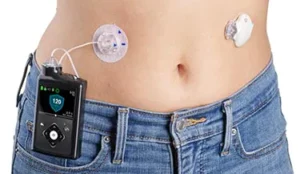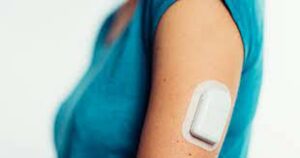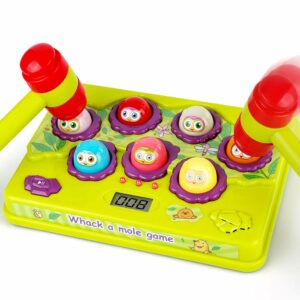I really liked the approach of the reading. I think until now, based on the readings we’ve had, most of my discussion on these posts and in class have been from a perspective that design tends to focus on a certain group of people- usually, the healthy and the capable. I remember multiple discussions I had with my classmates in our in-class discussion how different designs and pursuits of certain designs tend to leave out the minority. We had a shared emotion that this may be logical (from a company or designer’s point of view) but such a sad downside of designs that pursue convenience or attractiveness.
I think this reading really makes us ask ourselves if really, a pursuit of something in a design means a give-up in other factors of a design, and if that’s ideal. One topic the reading looks at discretion and fashion. It talks about how they are concepts with tension, but not the opposite. I feel like there are some factors that we take to blindly think are at opposite ends and a pursuit of one means we would need to give up the other. I think as designers, one of our role is to realize such factors that are actually not at opposite ends and figure out how a design can pursue both (although there would be tension between them).




